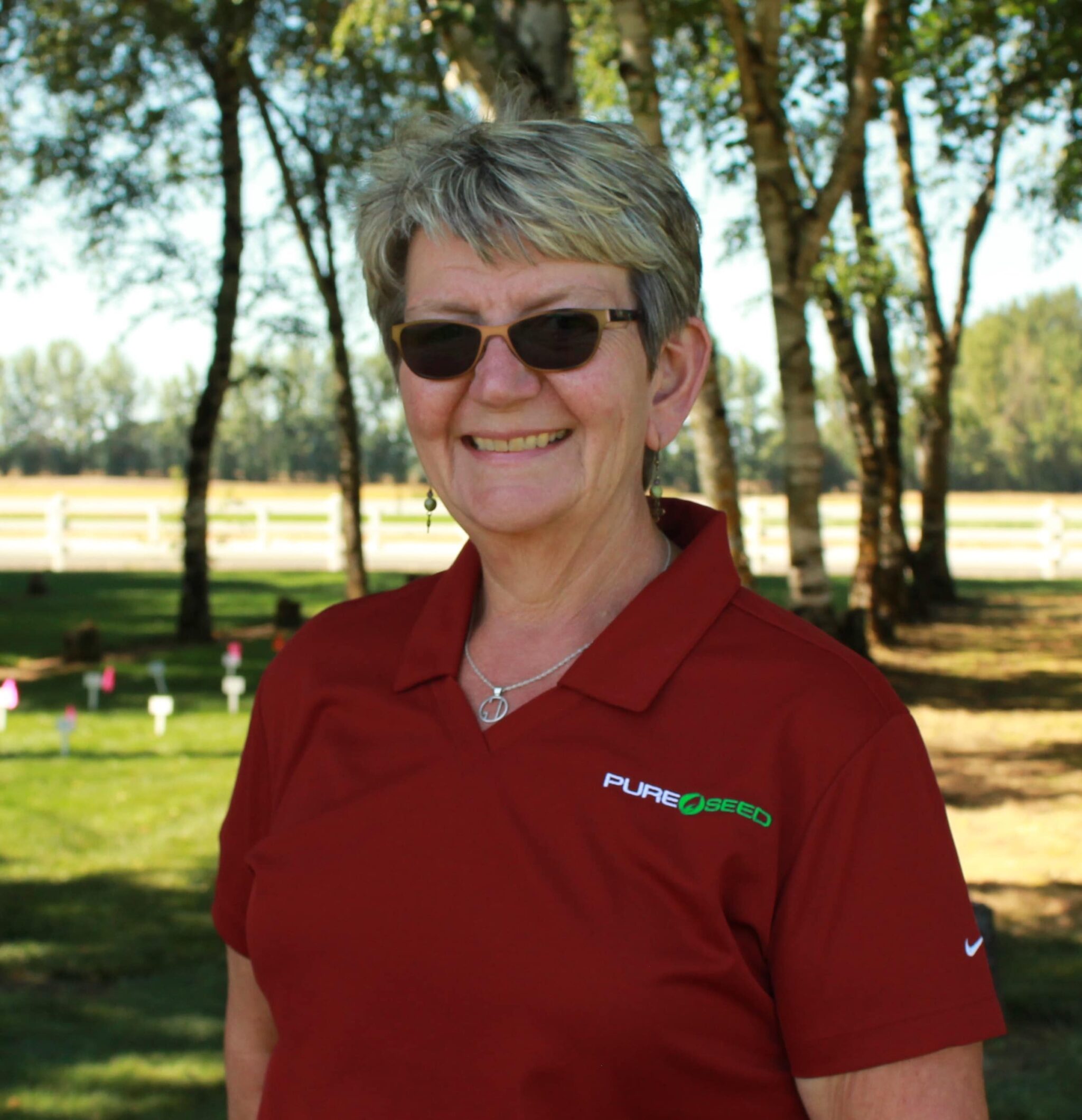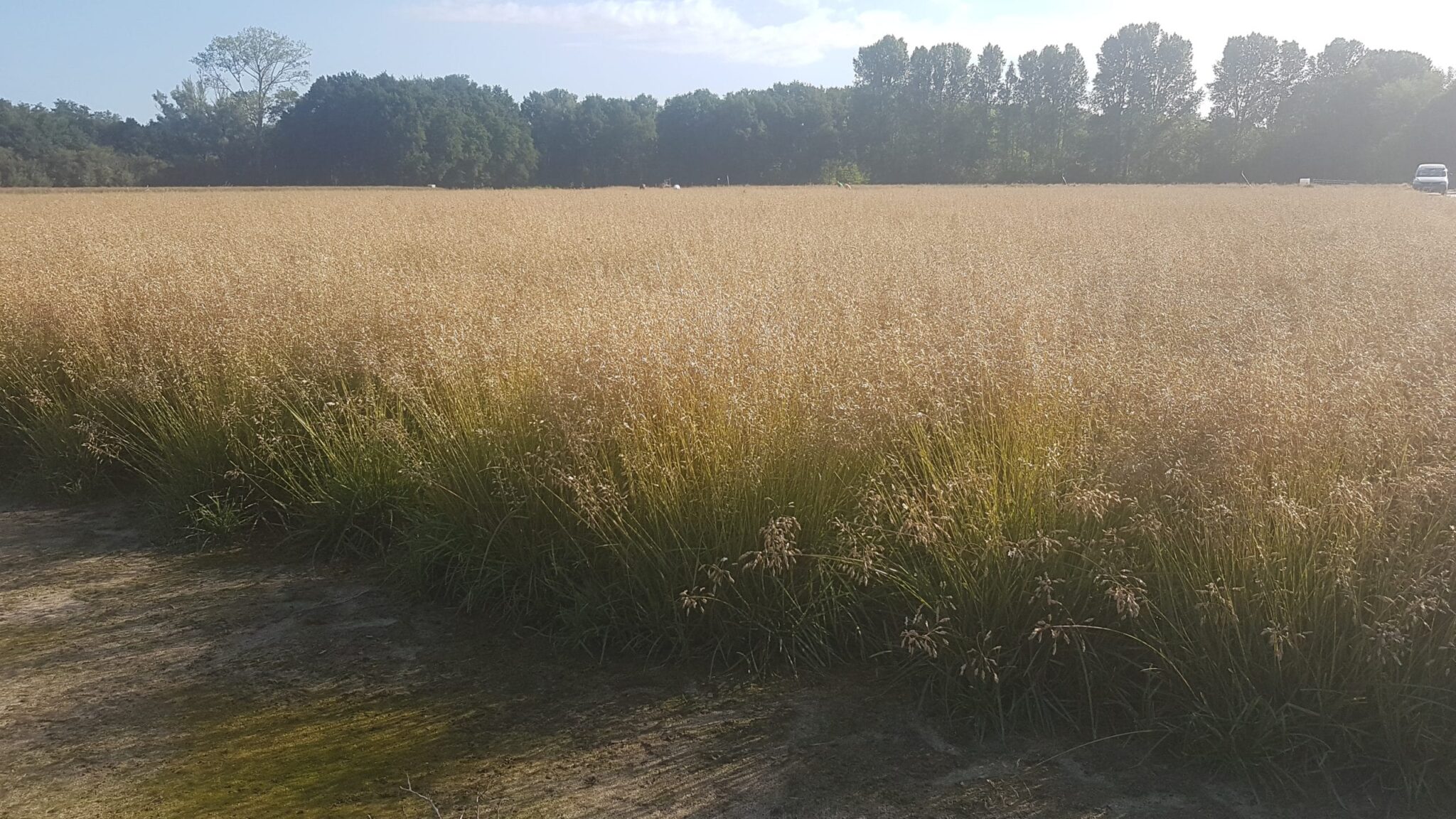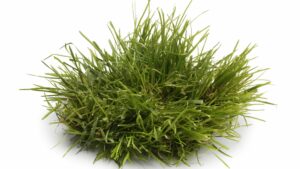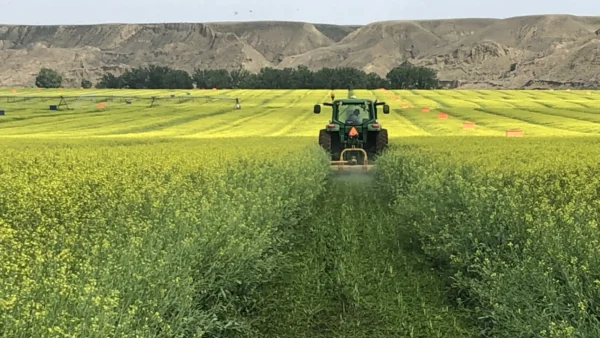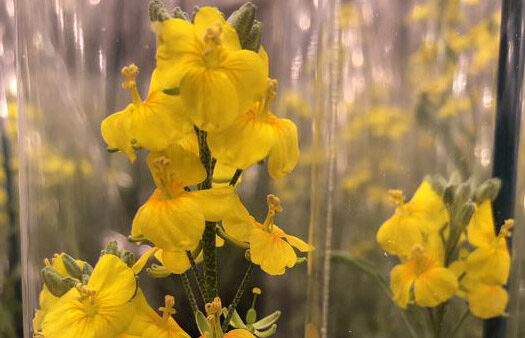How to score the best Kentucky Bluegrass varieties
Poa pratensis, also known as Smooth-stalked meadow grass, Smooth meadow grass and Kentucky bluegrass, is a perennial species that’s among the most popular choices for lawns, golf courses and sports pitches as it guarantees a strong surface. As a cool season grass, it is widely spread over Europe, the cooler regions in North America, many parts in North Asia and some other countries around the world. The origins of this species lie in Europe and it was brought to North America by the Spanish.
In this issue, we present comments from leading P. pratensis breeders about their breeding goals and the challenges of working with this complex plant. Part 2 of this article will focus on breeding for disease resistance, access to genetics and coming breeding innovations.
Our breeding experts are Henk van der Aa, Smooth Meadow Grass Breeder at DLF; Dr. Christoph Grieder,Forage Crop Breeder of Agroscope, Zürich in Switzerland and Dr. Christian Ochsenbein, General Manager at DSP; Tim van der Weijde, Grass Breeder & Research Station Manager at Barenbrug Holland BV; Cody Gyllenberg, Assistant Operations Manager at Columbia River Seed & Tom Brentano, owner and breeder at Novel Ag; Crystal Rose-Fricker, President of Pure Seed & Pure-Seed Testing, Austin Fricker, VP of Research at Pure-Seed Testing and Dr. Melodee Fraser, Director of Research at Pure Seed Testing East; and Cord Schumann, Head of Turf Grass Breeding at Deutsche Saatveredelung (DSV).
Breeding goals and major aims
For all these breeding firms, the main breeding targets in developing a new smooth-stalked meadow grass variety, are generally similar. A new variety must have a good seed yield to be produced by seed growers, it must be homogeneous for it to be considered for registration and it must meet quality demands for the end-user.
Indeed, Grieder notes that seed production “is often an issue, and improvement of this trait has gained considerable attention during the last decade.”

The quality requirements usually entail selecting for good disease resistance, drought tolerance and recovery, good spring green-up, and for faster establishment, as well as selecting for specific properties that depend on the purpose. For turf purposes wear tolerance, lawn quality and colour are the most important quality demands, while for forage purposes biomass yield and feed quality are the key traits.
And for all these traits, environmental influences are huge, meaning that different varieties can outperform each other in different environments. Hence, official trials that are the basis of recommended variety lists are performed in each country to serve as a basis for variety selection by customers in that specific country or region.
For examples, since DSP/Agroscope’s main focus is the Swiss market, Grieder, Ochsenbein and their colleagues focus on improving all the traits assessed in the official trials for the Swiss National List of Recommended Varieties, including biomass yield, disease resistance and digestibility.
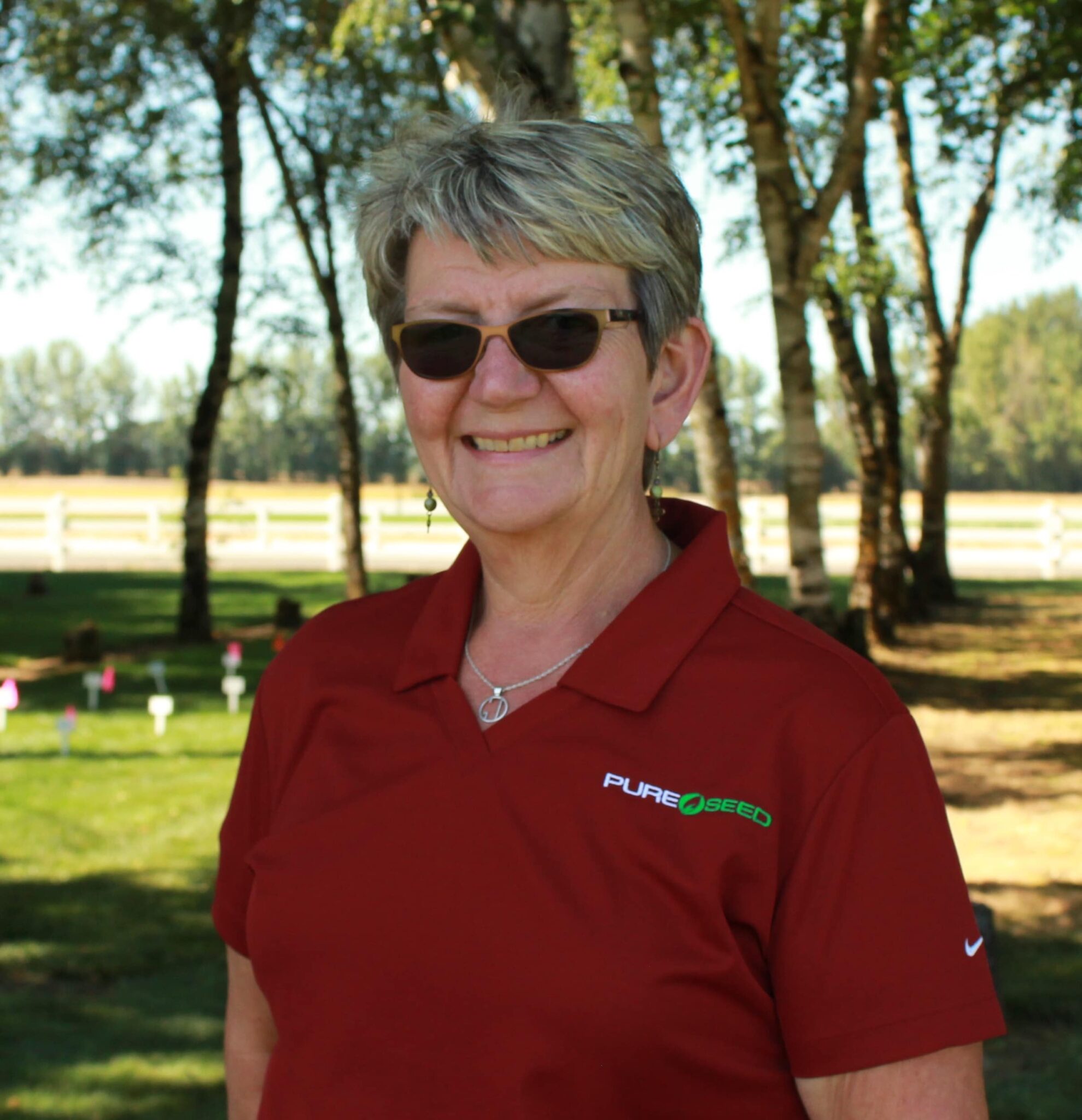
At Barenbrug the focus of breeding is on the sports market, with wear tolerance being the highest goal and it’s also the main focus at Columbia River Seeds, although Columbia has sub-types that target very specific buyers and market placement in terms of colour, leaf type, aggressiveness, density and more. At Pure Seed Testing, P. pratensis is bred for both turf and forage purposes while DSV focuses on turf, but also has asmall forage P. pratensis breeding program.
And, because Agroscope is a public breeder with the mission to develop suitable varieties for Swiss agriculture, its only focus is forage types.
In terms of how the two types differ, Grieder explains that biomass yield and quality are much more important in forage types, whereas sward density is more important in turf types. He adds that in turf types, “the presence of endophytic fungi that produce potentially toxic compounds is not an issue but is obviously highly undesired in forage types.”
Gyllenberg notes that while turf and forage types of Poa may be generally extremely different in their purpose and appearance, “sometimes the phenotypic expression of said purposes can appear very similar. Turf and forage varieties both benefit from good rhizome production and persistence, but what is accepted for colour and leaf presentation of these types may be two wildly different things.
A complicated species
It can take more than 10 years and up to 1 million Euros to bring a new P. pratensis variety to the market. It’s a complicated species in terms of breeding because it’s ‘aposporous pseudogamous facultative apomict.’

“This means that unlike other grasses, Smooth meadow grass requires no pollination for it to develop seeds,” explains van der Aa. “It’s difficult to create genetic variation because it’s hard to make crossings. However, we have found a way to reach an acceptable level (5-10%) of crossing by using large amounts of pollen and adjusting day length, temperature and light intensity.”
He adds that besides the low crossing rate, another obstacle in Poa breeding is the fact that once a new promising breeding line has been obtained, it must be reverted back to the apomictic form again. Otherwise, the offspring will not remain homogenous.

Schumann explains that these challenges are the reason why he and his colleagues at DSV still conduct intensive evaluations of newly collected ecotype-material, and intensive selection of off-types from different origins and crossings. “The breeding is much more interesting compared to breeding other crops because we get much more surprising results,” he says. “It’s also interesting because there are many open questions in this species which are not completely explained yet through research.”
Intensive evaluation is also the norm at Columbia River Seeds/Novel Ag. Gyllenberg notes that every line has different levels of apomixis. It is more difficult with some accessions than others to generate hybrid filial genera. “Breeding P. pratensis is not for the faint of heart,” he says. “We require huge amounts of space and are unable to achieve as much genetic diversity per crossing event than some of the less-complicated crosses. This makes the breeding decisions much higher stakes, since the opportunity cost in lost time and space requirements can be very real.”
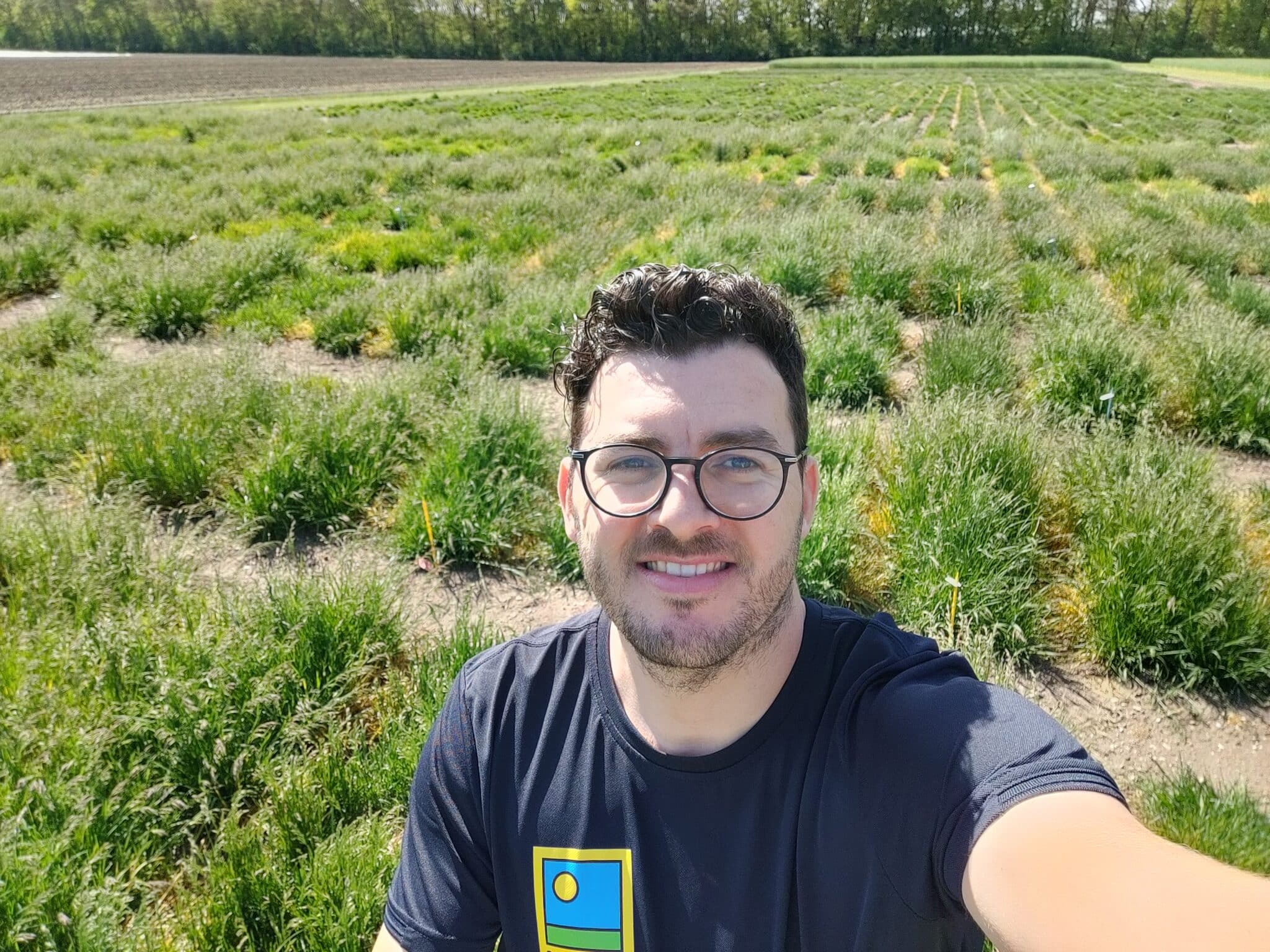
Brentano adds that when working toward development of any new cultivar within a facultative apomict species, each and every new single plant necessarily must be better than the parents, as compared to open-pollinating species where you target the shift of a population bell curve. “Essentially, you’re going to see many individual plants that appear desirable and do this or that,” he notes, “but many fall short and are dropped out.” Austin Fricker says he and his colleagues at Pure Seed Testing use certain mothers that produce more apomictic hybrids.
However, van der Weijde does not see apomixis as necessarily a complication, but very attractive in that a breeder can pick a single desirable plant and produce seed from it to make a variety. “Because it’s not fully apomictic, you can find attractive off-types and you can even make crosses between elite parents and find some offspring from sexual reproduction,” he explains.
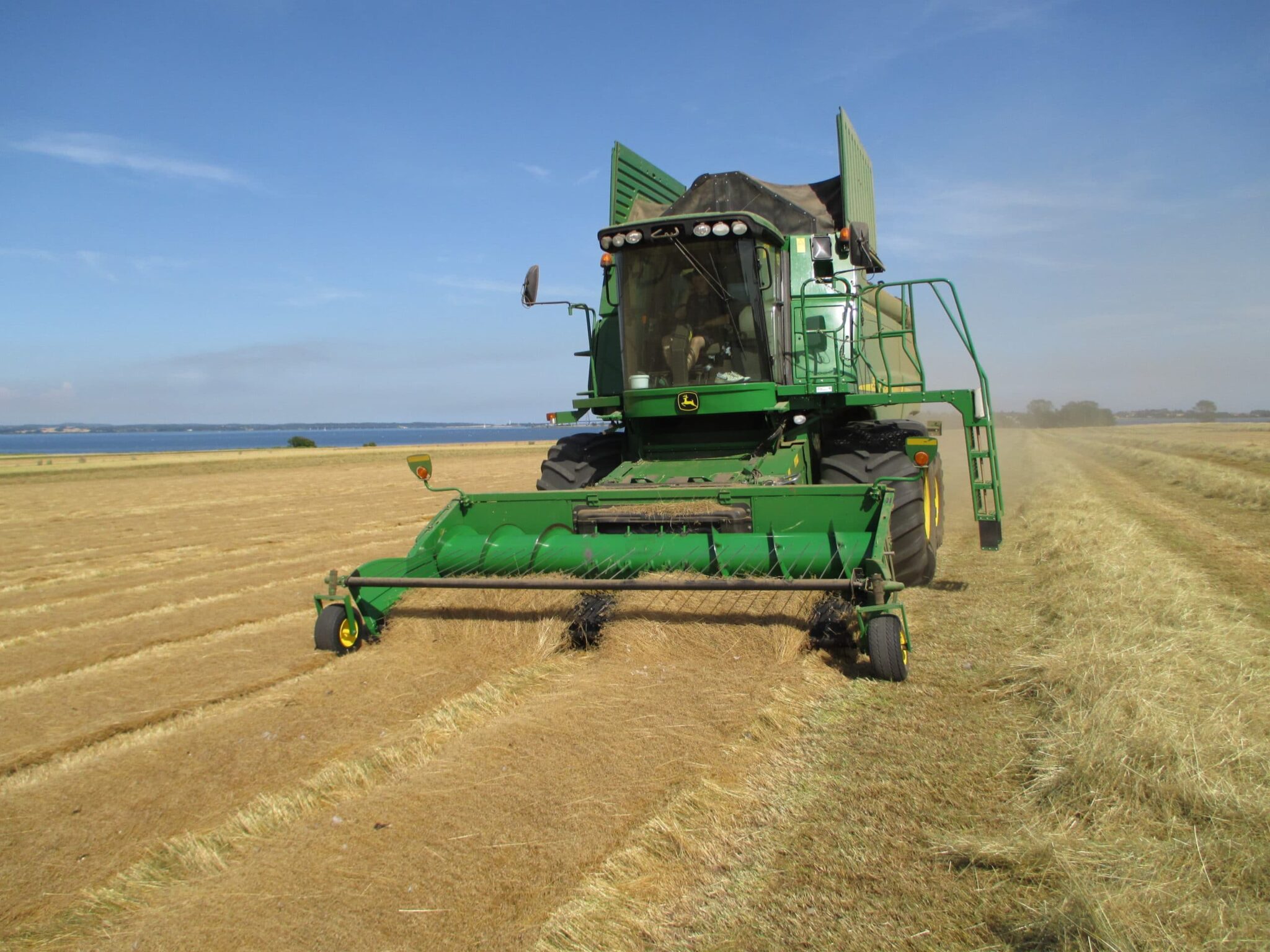
Using sexual reproduction
DSP/Agroscope has gone a different route. Over the last two decades, P. pratensis breeders there have shifted towards using sexual-reproducing maternal plants (identified by the high level of variability in their offspring). “Working within this gene pool, recurrent selection can be performed as it is for other grass species to continuously increase the frequency of favourable alleles,” Grieder explains. “Analyzing data from the past 30 years, we’ve shown that no breeding gain was obtained when working with apomictic materials (it’s like searching for the needle in haystack), but a continuous increase in performance has been gained since we began working with sexually-reproducing plants.” Grieder published a paper on this with colleagues in 2016 in the journal Agrarforschung Schweiz (only available in German or French).
He adds that because they have transformed their P. pratensis gene pool to sexual reproduction, for them breeding is quite similar to other crops except that the introgression of new genetic resources is more challenging. “Plants from newly-collected ecotype populations first have to be checked for their type of reproduction,” he says. “Interesting traits from apomictic materials can only be introgressed by using the apomictic plant as father, followed by intensive re-selection of offspring for sexual seed formation.” Demands regarding homogeneity for sexually-reproducing varieties are lower compared to apomictic varieties.
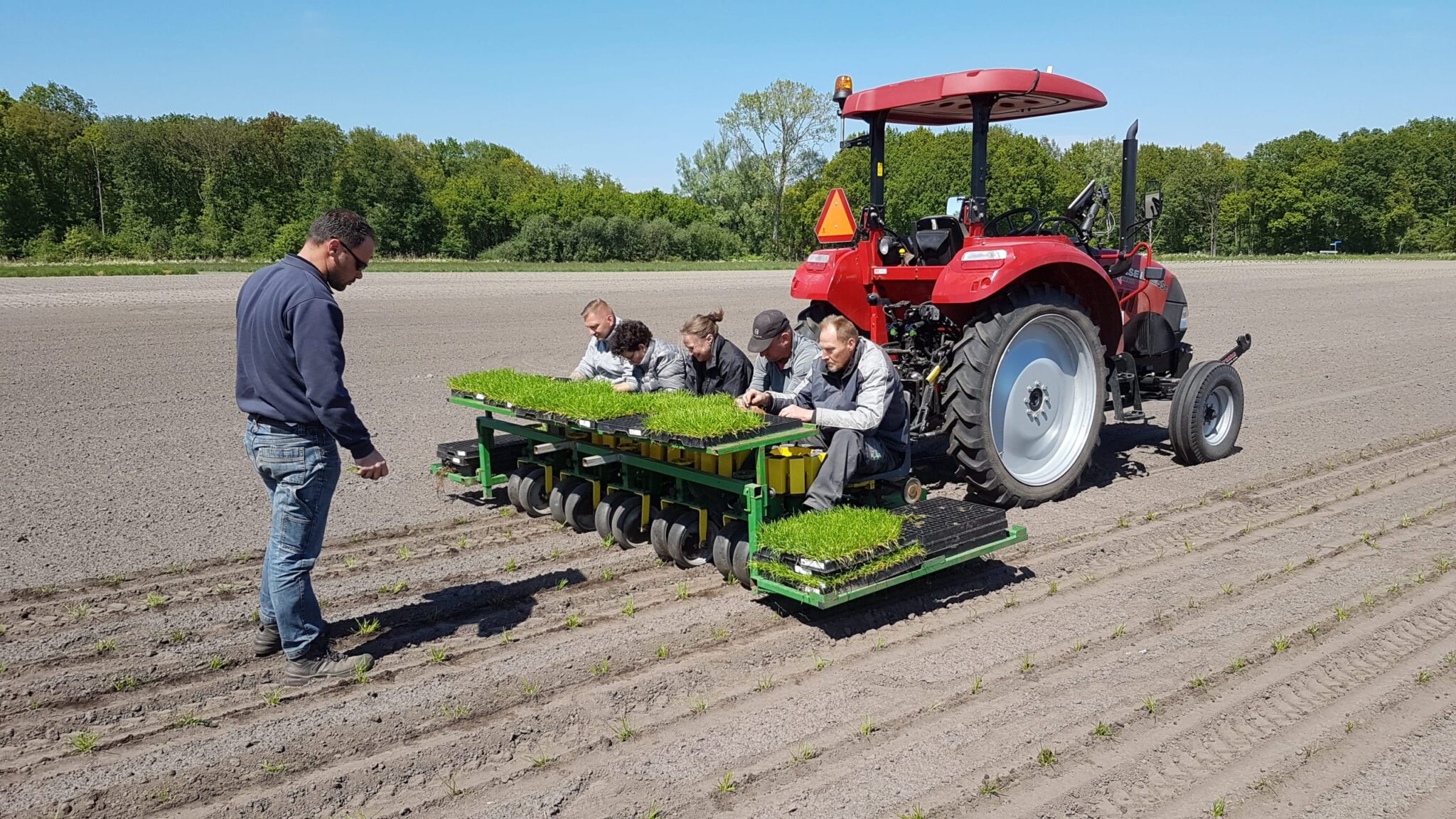
Other breeding challenges
Poa annua weed infestation also presents a major challenge in P. pratensis, in both established turf trials and in the breeding nurseries, explains van der Weijde. Only one herbicide (Hussar) is effective against Poa annua and not against P. pratensis, and it can only be used once a year. This is especially a problem because P. pratensis is a bit slow to establish, while Poa annua is a notorious weed that spreads its seeds very fast and start growing at low temperatures.
Indeed, van der Aa considers the slow establishment/germination of Poa to be its biggest breeding challenge. “Good establishment is very important for the use of this grass in sport mixtures with turf Perennial ryegrass, and to combine excellent turf quality with high seed yield is also a challenge,” he explains. “And, as with other turf species, these two traits are often negatively correlated.”
Meeting DUS standards
With all the breeding challenges presented by P. pratensis – and its large degree of variability – it’s not easy for breeders to meet the Uniformity and Stability requirements for DUS purposes.
According to van der Aa, varieties also have to pass DUS registration and because Smooth meadow grass is apomict, the varieties have to be very homogeneous. “That requires a lot of selection work and single plants are controlled for apomixis and uniformity,” he says.
Gyllenberg notes however that instability in P. pratensis is quite obvious, and genetic stability can, for the most part, be quickly identified early on in the breeding process.
For his part, Schumann notes that if you have a high apomictic type with good quality, the variety will be stable. Van der Weijde and his team, to test the final varieties for uniformity and stability, examine 50 plants and advance only those with fewer than two off-types.
Breeding for climate change
Climate change tolerance is a trait of concern in breeding all crops at this time, and to select for this trait in P. pratensis, Pure Seed evaluates varieties in climates outside of their ‘typical’ major use areas. “This allows us to select germplasm that has better heat tolerance and resistance to summer diseases,” explains Crystal Rose-Fricker. “We also do a lot of work improving drought tolerance of all cool-season turf species.” The fact that P. pratensis is a hardy plant and can survive very tough environments to begin with does make it more suitable for climate change adaptation in some situations. Dr. Fraser points to its rhizomatous growth habit, which enables effective recovery from prolonged drought or other stresses.
According to Van der Aa, this species makes such a strong network with its rhizomes in a sward from a football pitch that you can compare it to the iron mats in a concrete floor. For some years, DLF has been focusing on traits related to rhizomes and root development along with other aspects of drought, heat and salt tolerance, and summer colour.
Poa pratensis’ high levels of genetic diversity also mean that in breeding for heat and drought tolerance, there are huge differences that breeders can draw on. But Gyllenberg notes that there are different strategies to deal with heat events – some varieties can appear dormant- and revive after the event is over, while others try to continue active growth through the heat. However, both types of heat responses are not always directly correlated to varieties survival.
“I think to effectively breed for drought tolerance, we need to know more about these responses as an industry and test in a less generalized manner,” he says. “I think we try to clump ‘drought tolerance’ into a big box, but there are many different types of drought and/or heat situations that require completely different breeding approaches and trials.”
Van der Weijde agrees with these statements: “We see very different responses to drought and heat among plants in our dedicated drought tolerance trials under rain-out shelters and in greenhouses. We saw that one of the most crucial aspects was drought during the seed germination phase, especially because P. pratensisis one of the slower grasses (also in mixtures) to establish. We therefore – in addition to breeding efforts, exert a lot of effort in seed enhancement. In P. pratensis we developed a seed enhancement (Barenbrug’s Yellow jacket water manager) that optimizes the water content around the seed, increasing the success rate of both germination and establishment.
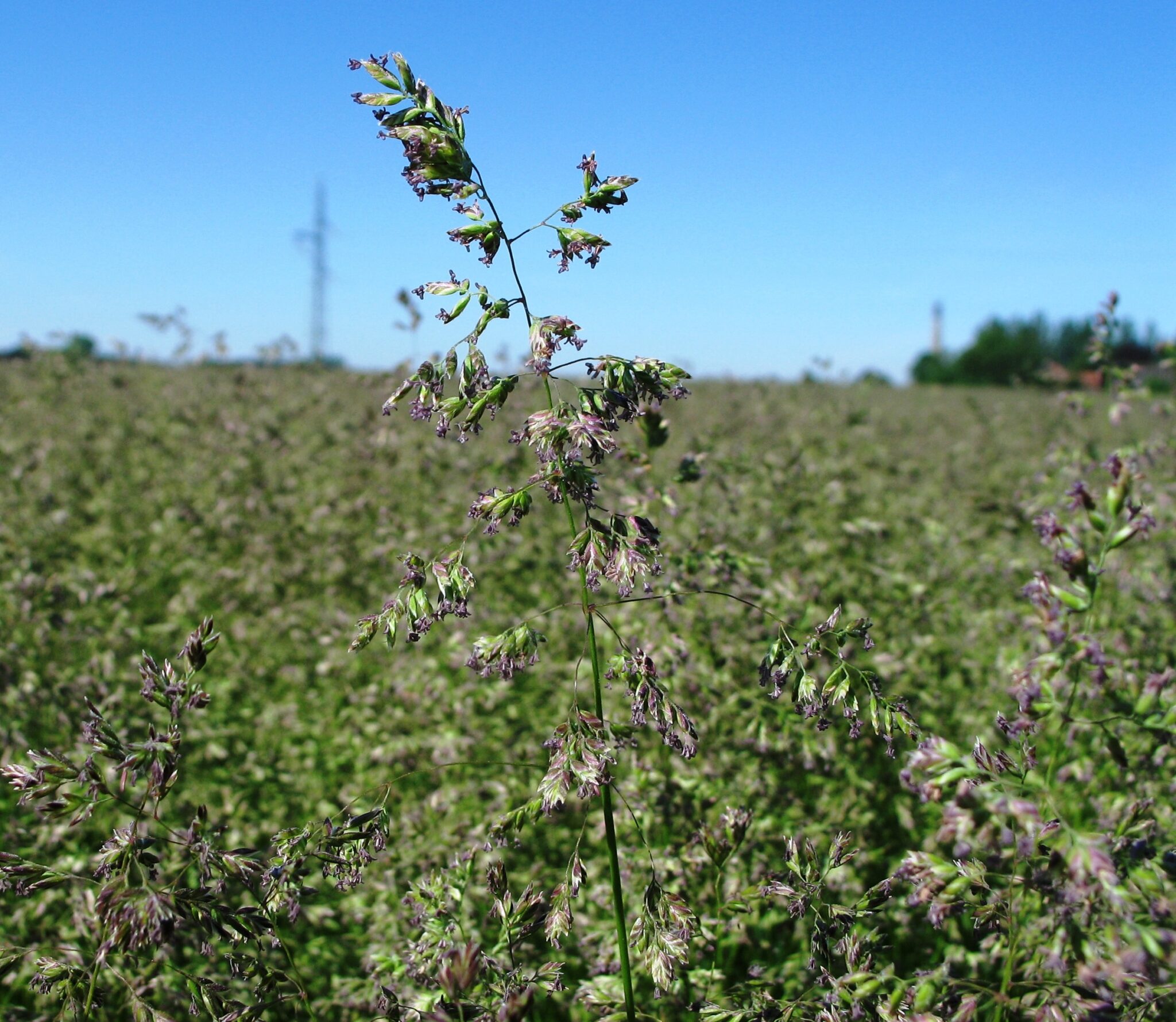
Growth markets
Demand is rather stable for P. pratensis in forage pastures in Europe, van der Aa explains, because the recommended mixtures have a fixed content of species. Ochsenbein agrees in terms of the Swiss forage market, where demand is quite steady for use in mixtures planted for longer-lasting temporary leys and for upgrading permanent pastures.
Demand has gone up, however, for turf mixtures in Europe’s consumer market by about 30%, says van der Aa, where the content of P. pratensis varies from 10-30%.
Pure Seed is seeing growth in demand for the species in the US retail market, Asia sod market and European sports turf market. Schumann adds that demand is increasing in the European sports turf market because more greenkeepers in the ‘1’ league stadiums are now reverting from pure Lolium-Pitches to mixtures with P. pratensis due to fewer problems with disease.
Part 2 of this article will examine breeding P. pratensis for disease resistance, access to genetics and innovation.


